Have you always wanted to learn how to play the harmonica but didn’t know where to start? You will learn about ten types of harmonicas that differ from each other. Finally, I will discuss what kind of harmonica to select. You will be able to get information about each type.
Different Types of Harmonica
Harmonica is a mouth organ type, and I will discuss this entire article. I’ve listed all the kinds of harmonica you could encounter. Each type of harmonica is the best in some way. So you need to understand what to choose.
- Diatonic (Blues)
- Chromatic
- Tremolo
- Orchestral
- Bass
- Chord
- Electric
- ChengGong
- Pitch pipe
- Six-Sided
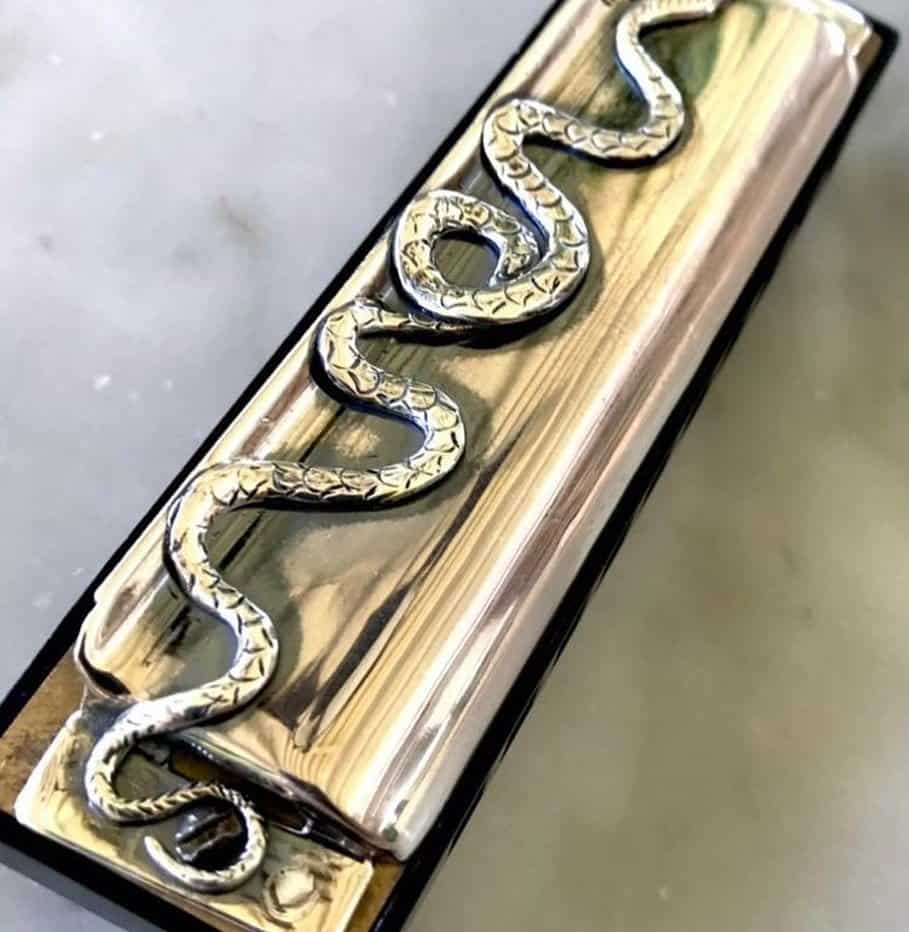
Different Types of Harmonica Instruments
To understand what kind of harmonica to decide, you need to know what kinds there are. I will tell you in detail about each type of harmonica. You can also learn about the advantages, which allows you to decide the right option. The attention to the history of harmonica will not be as great as its construction and use.
Diatonic (Blues)
It is used quite often in the beginning. It allows you to master the instrument without too many problems. The Diatonic has ten pitches. The music you make is in the major diatonic scale. If you want to play this harmonica properly, you need to master the bending technique. Because the instrument has ten holes, you can play different positions by moving the harmonica. That’s why this harmonica is recommended for beginners. The Diatonic is also much smaller than the Chromatic, so it is often used for traveling. The simplicity and convenience attract most people to start playing the harmonica.
The advantages of using a Diatonic compared to others are not as significant, but they are still there:
- Suitable for beginners;
- It does not have a complicated design;
- Easy to learn to play because no music theory is required;
- Smaller in size;
- Hard to get the notes wrong;
- Requires fewer air skills than its improved Tremolo version;
- Most often, Diatonic models are inexpensive, so beginners start with them.
Using the Diatonic will be relevant initially, but later, you can consider the models described below.
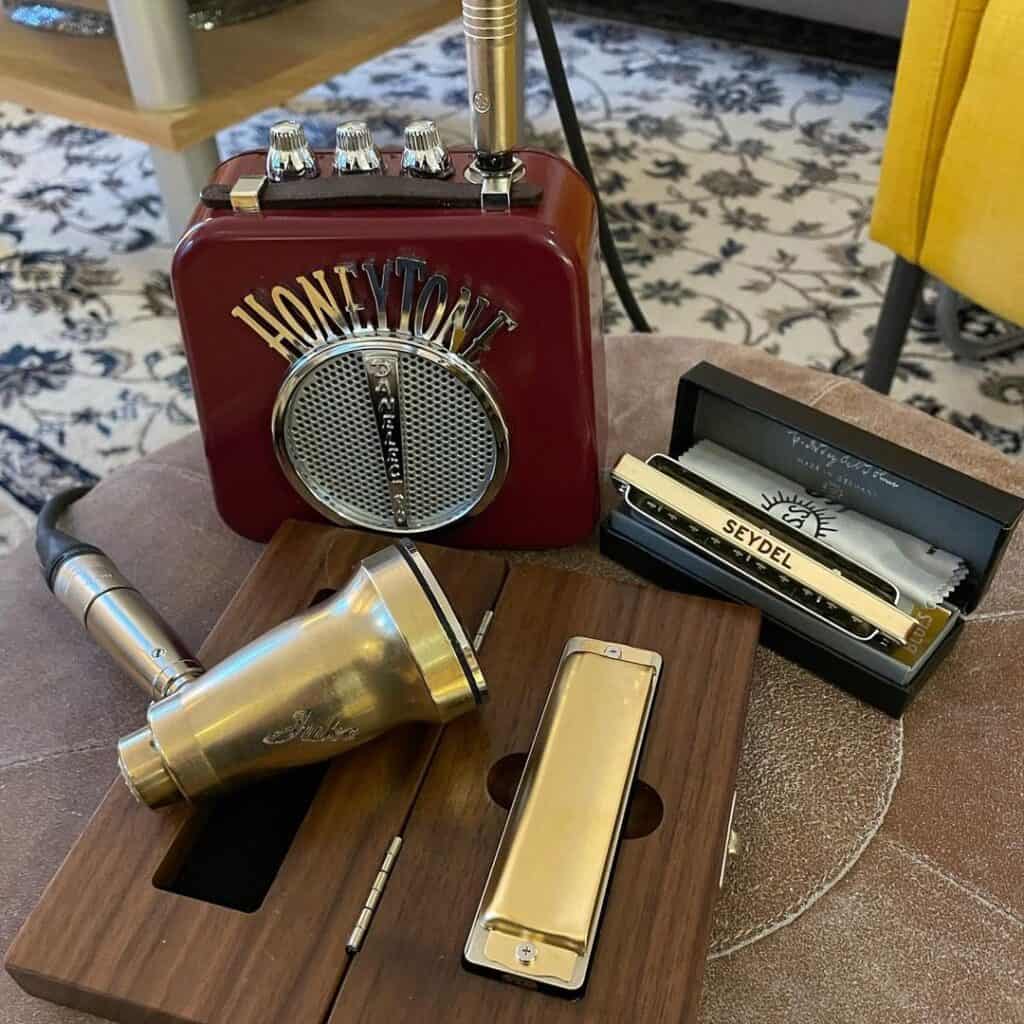
Chromatic
The Chromatic is a bit more complicated than the Diatonic because there is a special button on the body. Pressing this button makes the note a halftone higher. Thus, it is a little more difficult to play. But also, the Chromatic will be more versatile because of the tone change. The name justifies itself, and you will play in a chromatic scale instead of a diatonic one. More often than not, when musicians want a bit more function, they choose the Chromatic. Even though Chromatic is a little more complicated, you can still start playing it. In the beginning, you just won’t use the button. But the Chromatic will perform more functions as you go along.
It also has advantages, for example:
- Access to all 12 notes per octave at once;
- With “Solo” tuning, the sound becomes diatonic (exactly from the 4th to 7th hole);
- The same principle can access all messages;
- It will be intuitive for pianists.
The harmonica chromatic vs diatonic standoff is over because the diatonic is good to buy when you’re just starting, and the chromatic when you’re starting and want something more.
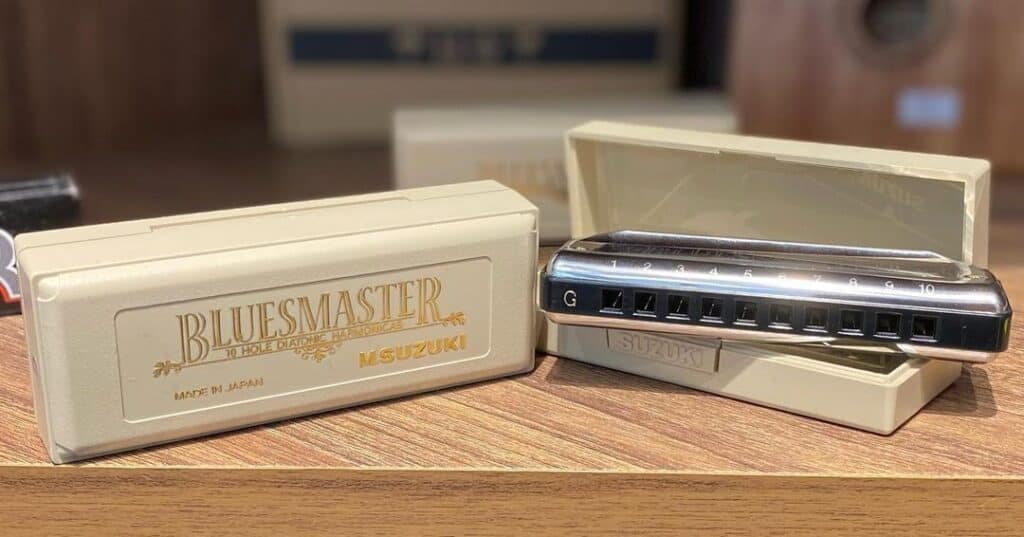
Tremolo
The Tremolo is similar to the Diatonic, but it has another advantage. Instead of one row of holes, they have two. That second row produces a different sound, allowing the harmonica to play other notes. These holes have two readings each, allowing you to play the notes slightly higher than the other. The melody that you get with Tremolo has a little vibrating sound. This effect is called a tremolo. This is where the name of the harmonica comes from. Tremolo is sometimes used if you want to add a special sound. You can’t play complex compositions on it. Because the sound is different, not all melodies are suitable for this sound. However, if you play certain songs, the sound becomes unique and doesn’t sound out of place.
Tremolo Advantages:
- There are two rows of notes;
- You can play different melodies;
- It vibrates a little bit, which creates a special sound;
- Similar to the Diatonic.
This harmonica is well-suited for those who want to improve their playing skills. Moreover, because it is similar to the Diatonic, you can easily learn more complex ones.
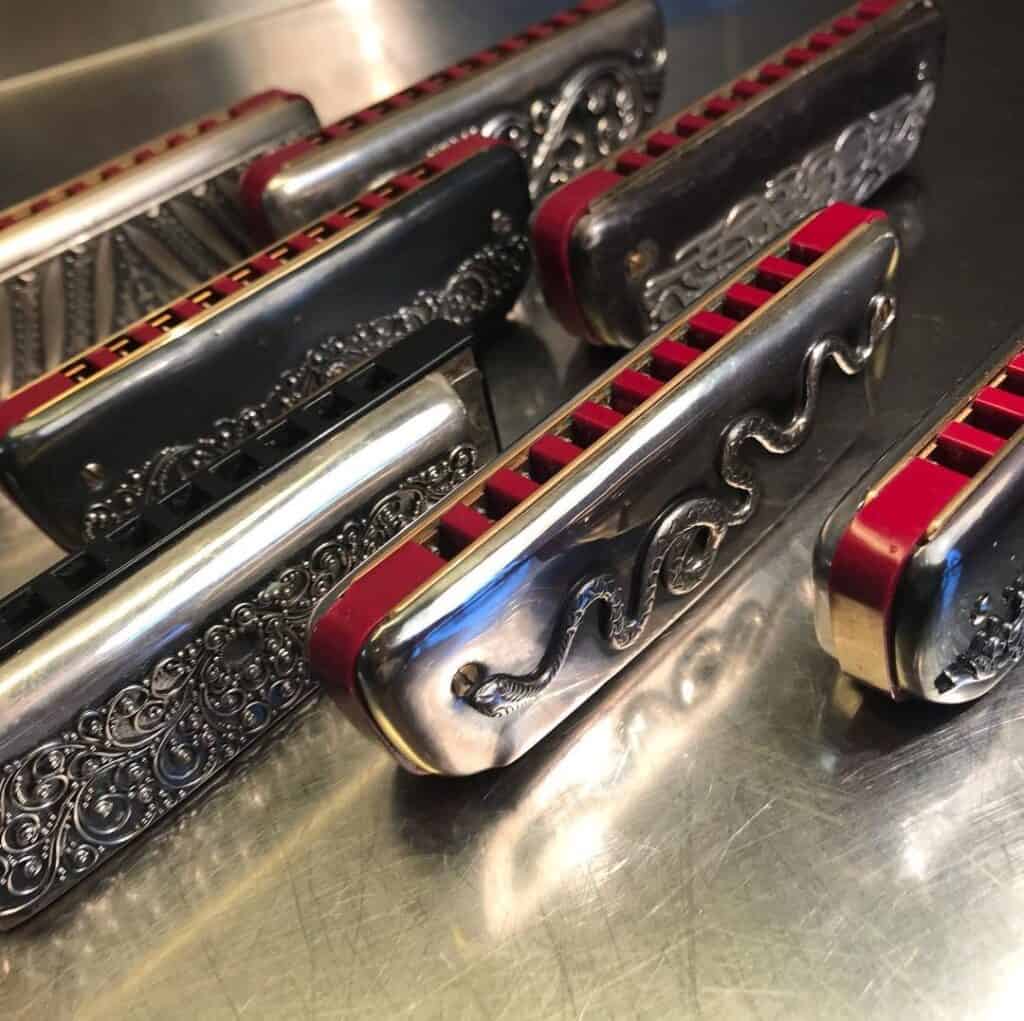
Orchestral
Orchestral instruments are not used to produce music purely. They are used to accompany the main device. Specifically, Orchestral is used as an ensemble to accompany an orchestra. There are several kinds of Orchestral. The first is the horn harmonica. It is used for blowing only. It consists of a large single comb and a reed plate. With this harmonica, the sound comes from the top down. With all other harmonics, the sound is from left to right. Also, there is a polyphony, a different kind of harmonica. It is played by pulling. Polyphony can play 12 chromatic notes. With it, you can play at musical performances. This instrument has only one row of letters. The Orchestral is difficult to play, so it is suitable only for professionals.
The benefit of this species:
- A new kind of harmonica playing;
- Suitable for accompanying;
- To be played in an orchestra;
- Suited to professionals;
- As many as 12 notes.
This harmonica is for you if you want to avoid drawing attention to yourself. You will play, but no one will pay special attention to you.
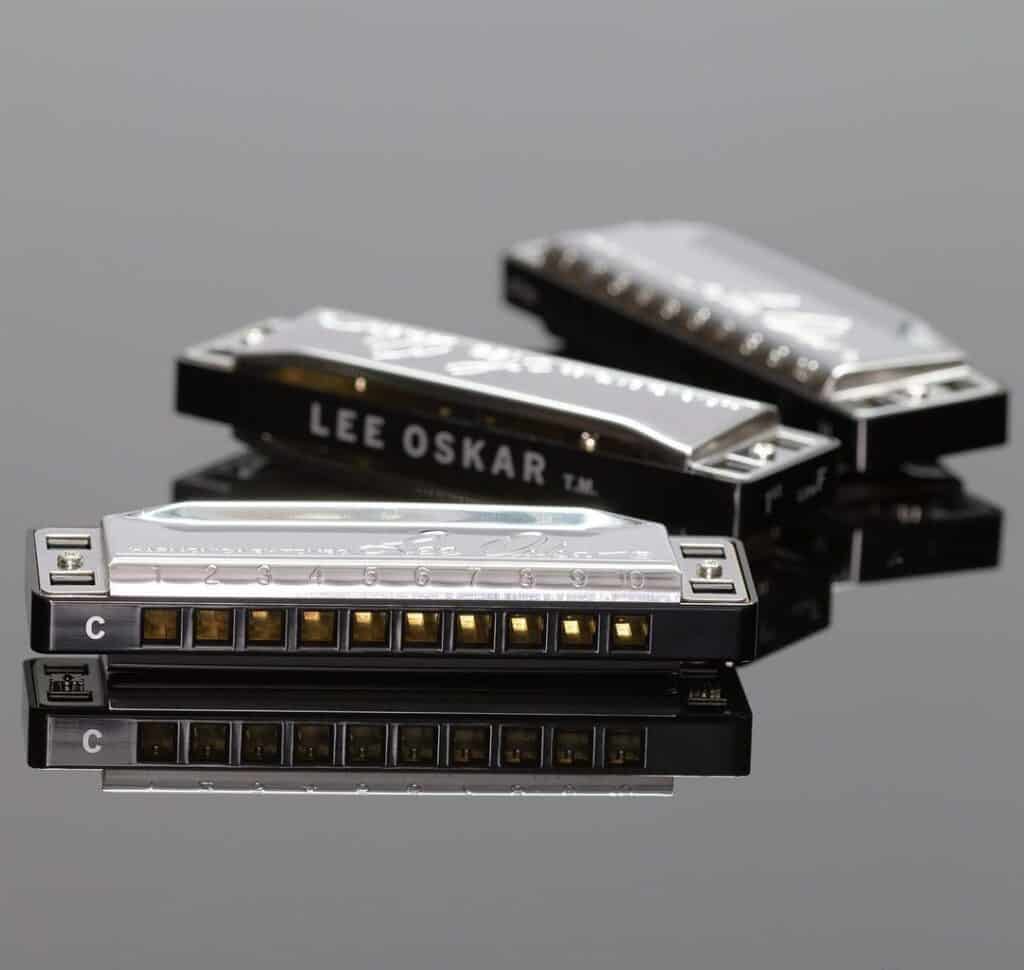
Bass
Bass is not a complete instrument but a supplement to existing harmonica instruments. Bass is most often used as an ensemble or accompaniment instrument. Songs, where Bass is used, can be played by blowing bass notes. You can not use Bass for beginners because it is not played like a regular harmonica. When playing the Bass, you need to know music theory, which allows you to know when to accompany. The instrumental part of this type can be in C or #C.
Advantages:
- Allows you to try out a new type of playing;
- Needs to know music theory;
- People can use it in orchestras;
- It is not a basic harmonica.
Chord
This harmonica has as many as 48 chords. They consist of sept chords, minor chords, major chords, diminished chords, and augmented chords with a four-cluster arrangement. The structure of a chord harmonica may consist of two reeds, each with a hole for a note. The melodies played by the Chord are one octave behind each other. Because of this, you get a clear sound. Some models play lower. Their structure is different from the classical one. For each note, there is one reed. This instrument is the most versatile. As a musician can play it in additional notes, making it flexible, not all beginners will be able to learn this instrument right away.

Advantages of the Chord:
- 48 chords;
- People can play it in low tones;
- The clear sound of the different notes;
- Can play low notes;
- Very versatile.
This harmonica is suitable for those who already have experience because there are a lot of chords. With it, you can develop your skills.
Electric
The concept of the Electric harmonica was first invented in 1920, but the world could not have realized the idea back then. But it worked in the 1970s when a prototype was first introduced. But at that time, technological development would only produce the Electric harmonica. But at the moment, several companies successfully sell Electric harmonicas. For example, Turboharp ELX is the first Electric harmonica. With this model, harmonica now has more influence in the music industry. I don’t remember Electric being very popular, but it will show itself in music. Using Electric, you can start a new flow, and people will hear your work. So if you have harmonica experience and want to make a statement, then you should use Electric. It is best to post on social networks to let more people know about you.
The advantages of Electric harmonica:
- New model;
- Little used;
- Influences the music industry.
ChengGong
ChengGong harmonica has a peculiar structure. Namely, there is a retractable mouthpiece. It also has an amazing body consisting of a diatonic harmonica with 24 holes. The chords are present from B2 to D6. That is a total of three octaves covered. Let’s talk about the mouthpiece, which has 11 holes in it. It slides easily in front of the harmonica, which allows you to create a unique range of voices and chords. The way of playing the ChengGong is peculiar, mostly used by blowing. The ChengGong can only play some tunes, but you can also create other themes.
Advantages of ChengGong:
- Covers 3 octaves;
- Blowing is used;
- Unique chord range;
- You can make up your melodies without relying on standards.
Pitch pipe
The Pitch pipe is not mentioned as a light harmonica but is put in that category. It is not the main instrument. The essence of the Pitch pipe is to add a twist to the sound of other devices or singers. A chromatic trumpet provides this feature. This version allows a full chromatic octave of 12 notes to be covered. Pitch pipe is often used in conjunction with guitars or violins. Adding a harmonica brings a unique sound. And it affects the entire melody as well. Pitch pipe can be used in an ensemble and in a simple addition of voice or strings.
Advantages of the Pitch pipe:
- Easy enough to learn;
- Adds a twist to the sound;
- Covers the full chromatic octave;
- Playable with strings or voice.
Six-Sided
Six-Sided is quite a unique harmonica and is rare on the market. Therefore, this information will be unique to you. Six-Sided fits more into the tremolo category. Because of this, you will often see similar parts. Although the tremolo is relatively uncomplicated, the Six-Sided is complicated. Therefore, Six-Sided is unsuitable for beginners and more convenient for professionals. The harmonica consists of two tongues per note. Six-Sided has 24 double holes, which means there are 48 languages per harmonica, which means you can play in different apertures. Music made with Six-Sided has a warm vibrato tone. Six-Sided is expensive enough, confirming that it will not suit beginners. Prices vary, but most start at $400.
Advantages of Six-Sided:
- Forty-eight tongues;
- Receives a warm vibrato;
- Complicated and suitable for professionals;
- Rarely available.
This harmonica is quite complex, so you can be unique if you play it. But it will be difficult to learn because there are no teachers.
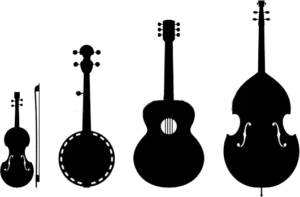
FAQ
In this part of the text, I will answer questions that might arise while reading. If you still have questions, then ask them in the comments. I will try to answer them, or other users will tell you.
Which type of harmonica is best for beginners?
The best choice for beginners is diatonic harmonicas (or harps). This harmonica will be easy enough to learn to play without musical education. Then you can play other types of harmonicas. Diatonic harmonicas provide the basis for playing a musical instrument.
What is the most common type of harmonica?
The diatonic harmonica is the most popular type. Many people use this harmonica in the beginning as it is easy to learn to play. That’s why most people still use it. However, those who want a more beautiful sound – buy other harmonicas.
Which is better diatonic or chromatic harmonica?
Diatonic harmonica can produce a more varied range of sounds. On the other hand, chromatic harmonica can be used if you want a different sound. The main difference is the structure and elements of the harmonica.

Which Harmonica to Buy
Some harmonics are great for beginners (Chromatic and Diatonic), while others are only good for additional sounds (Orchestral, Pitch pipe, etc.). Harmonicas can supplement existing music or influence the music industry (like Electric harmonica).
And what do you pay attention to when you choose a harmonica? Share your experiences in the comments.
